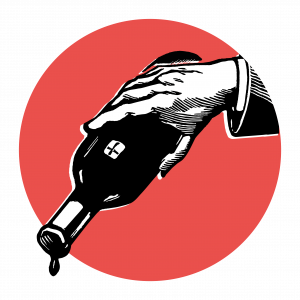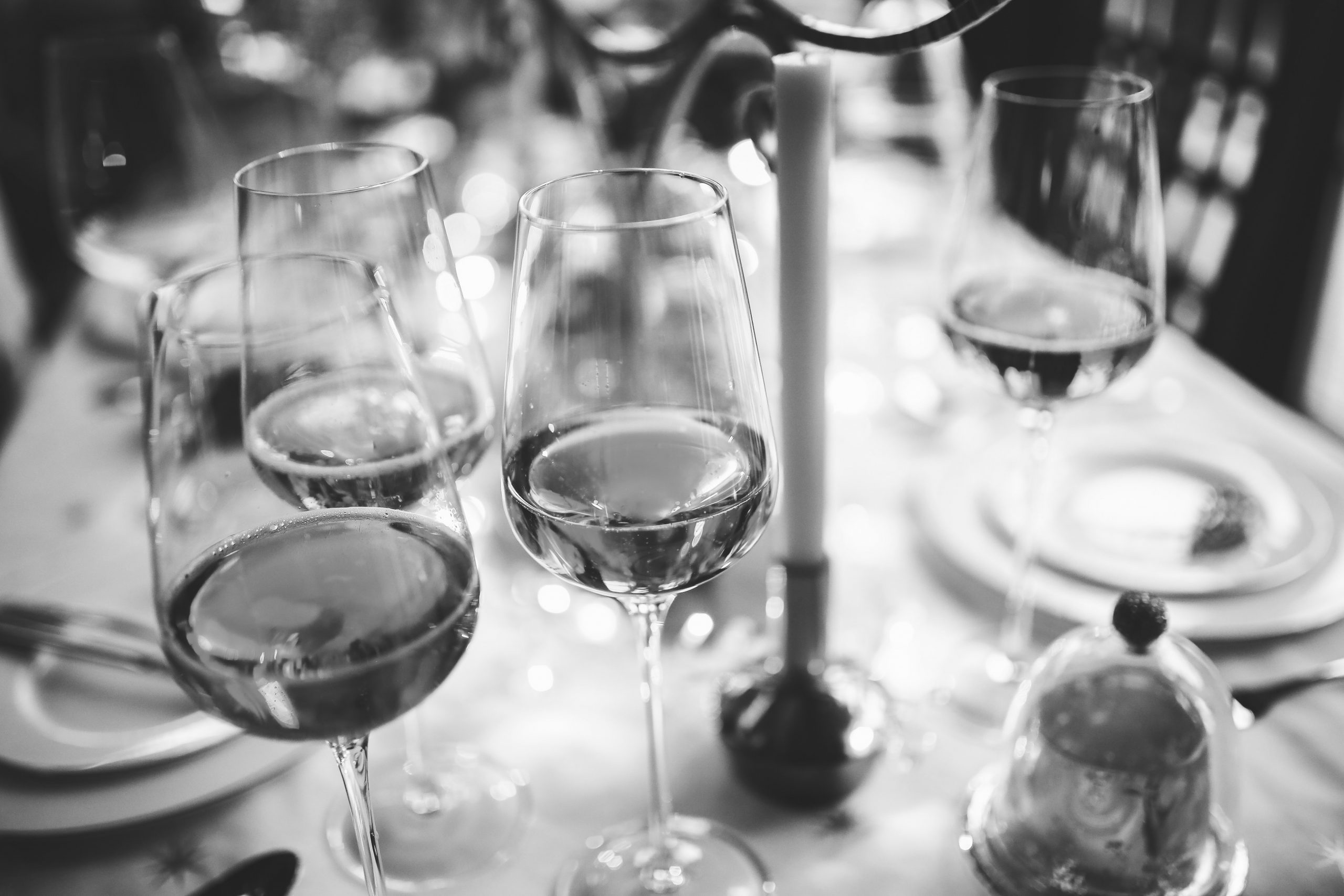It was just over a month ago that the not inconsiderable bulk of the world’s wine trade descended into the French province of Aquitaine. It’s become an annual migration (more promenade than stampede), as Bordeaux’s most recent vintage, 2017, was put on show for the very first time. Sounds glamorous, does it not? Swanning through the Médocain countryside, a Pichon here, a Léoville there; lunch at Pontet, drinks reception at Gruaud, before dashing back to town for dinner on the Quais des Chartrons. True, there are many worse jobs…Derek and Clive might be the first to agree.
However, the actuality is not quite so chic. There are hundreds and hundreds of wines to taste: raw, tannic, acidic, and that’s when they’re good (balance is the name of the game). Let’s face it, the grapes for these youngsters only arrived in the fermenting vats the previous October, ‘early doors’ does not get much earlier in vinous terms. It really is a relentless schedule, as throngs of tasters try and make sense of what they are swirling, sniffing, slurping, and spitting. The palate takes a bit of a hammering.
Anyway, these musings were penned from Château Smith Haut Lafitte at the end of this year’s cavalry charge: an early evening beer in the hand, the final stop before the last Easyjet flight out from Mérignac to Gatwick, having been 10 days on the road – a pause for reflection, tinged with not a little relief at having lasted the pace (plus a silent prayer that there might be an unopened pint of full-fat milk in the fridge back home).
At this juncture, the time-honoured question, “what is your point, caller?”, could very well spring to mind. Why the rambling, why all this Bordelais palaver? Well, like a lot of all things wine, the commotion finds its origins in cash-flow, that perennial bane of business. Back in the 1960s and 1970s, a vigneron might have viewed his barrel-room with some pride, each cask bursting with the compelling new vintage; the bank manager, on the other hand, would not have been quite so impressed, noting the money tied up in stock, with the loan on the new tractor still outstanding…and the rest. Solution to this conundrum? Offer the wine out while still in the wood, before bottling. And make it worth the merchants’ while by proposing a keen deal on the price. Lo and behold, selling ‘en primeur’ became the bridge by which growers were able to help finance their efforts.
And it really worked. Customers loved getting their hands on their favourite châteaux immediately. They enjoyed the competitive ‘tarif’, especially when it occasionally led to a financial return as well – you would have originally paid around £150 for a case of 1982 Mouton Rothschild, it now trades around the £13,000 mark. ’82 Lafite Rothschild even more impressive, nudging £40K. Not quite Apple, or Berkshire Hathaway, but not too much shame. At worst, a ‘buy 2, sell 1, drink 1’ strategy often meant that the consumed box actually paid for itself.
But then the dynamic started to change. Prices became incoherent: some shifted upwards when the quality of the vintage did not justify (1983, 1987, 1997), others shrank when it did (rare, but 1990), or they simply increased out of nowhere (Léoville Las Cases doubled when releasing its 1996). Yet as demand for posh claret began to soar in the noughties, especially from new markets in the Far East, the ratcheting continued apace. Then when 2009 and 2010 came to market, both superb years, the upward curve rocketed, accentuated by the world’s economic turmoil: unexpectedly, a few cases of Château Margaux looked a financial safe haven.
Talking of cash, the top Bordeaux properties were suddenly swimming in it, awash. The ‘raison d’être’ of ‘en primeur’ looked shaky: there was no longer the need for the old school fiscal model, funding could go in-house. Château Latour even decided to extricate itself from the system completely. Having said that, easy for Latour to bail out, not quite such a no-brainer for lesser mortals.
A further niggle emerged: when you withdraw from an established market, who’s going to be talking about your wine? How are you going to generate a bit of interest? On that last Easyjet flight to London, do you want the wine trade discussing the merits of your Cabernet? Or not? And don’t we live in a world where a connection with your audience is deemed vital? Do you really wish to put most of your eggs in an oriental basket, with its preferred desire to buy kit that’s in the bottle?
There doesn’t have to be a crossroads. ‘En primeur’ sales may never again reach the heady heights of yesteryear (until we hit the next ‘vintage of the century’, ha ha). However, the Bordelais can still use the template effectively, no need to consign to the bin. Just release a bit less stock, take into account a smaller target, and don’t get greedy on the price. Buy now for a good trade; or, buy later, and pay a bit more (the quality of the ‘brand’ can thereby remain untarnished…if that’s what matters). Simple.








